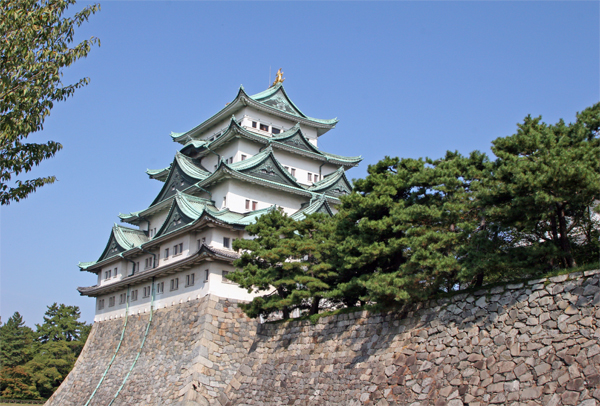
After a couple of hours of work this morning, breakfast and a brief walk around town, Robert returned to the hotel to work on his grant. We are both incredibly tired from travel and work, but I figured there were only a few hours left to enjoy Nagoya and did not know when there would be an opportunity to get back, so a walk around town to see a couple of things should be in order. My hope is that there will be opportunities to return given the seemingly successful start to our collaboration with Mineo Kondo.
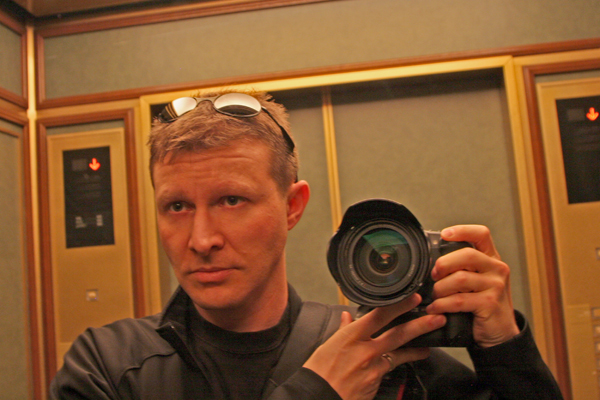
Here I am running on fumes in the elevator on the way down to what I anticipated would be a long day walking. I had no idea… At least Nagoya is a most friendly walking/biking town with bridges that span the busiest intersections with ramps built into the middle of the stairs to facilitate bike traffic which is very cool. In retrospect, I should have looked to see if there were any bike rental places which would have greatly facilitated getting around town.
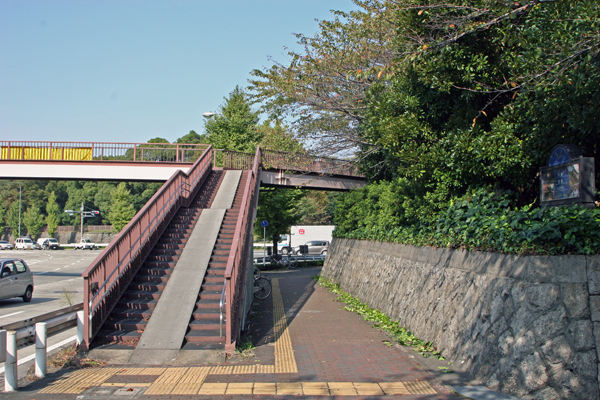
At any rate, I walked North from the hotel to the Nagoya Castle. The Castle was originally built on the orders of Tokugawa Ieyasu being completed in 1612. Unfortunately in 1945 air raids on Nagoya, essentially all buildings were burned and destroyed with the exception of three corner towers, three gates and most of the painings in the Hommaru Palace that were able to be saved. Like many structures throughout Japan, it was rebuilt and finally finished in 1959 as a duplicate of the original albeit with modern implementations. The grounds are essentially in the middle of Nagoya and a beautiful respite from the busy city streets surrounding the castle.
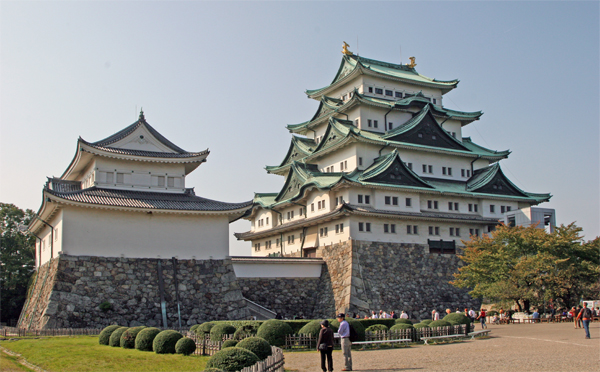

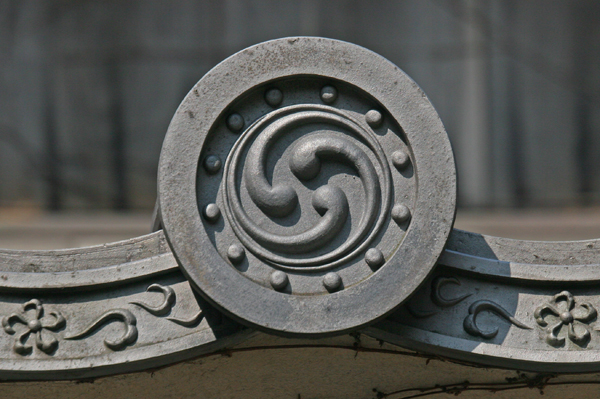
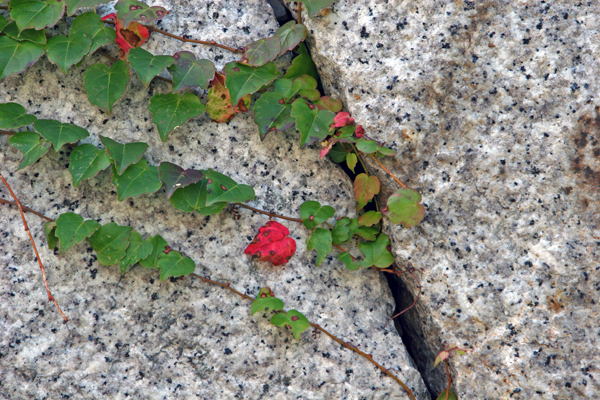

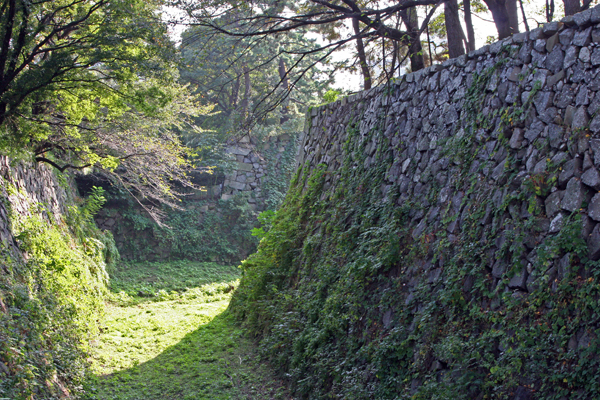

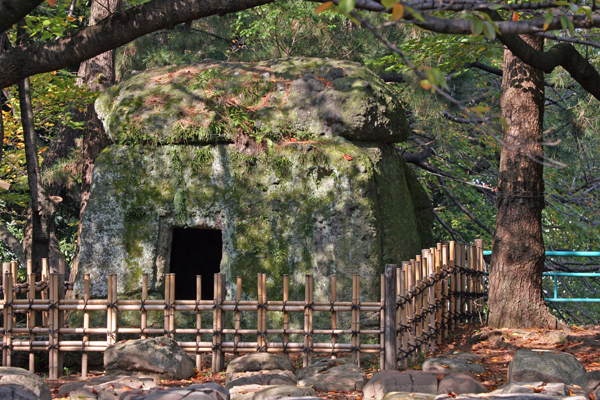
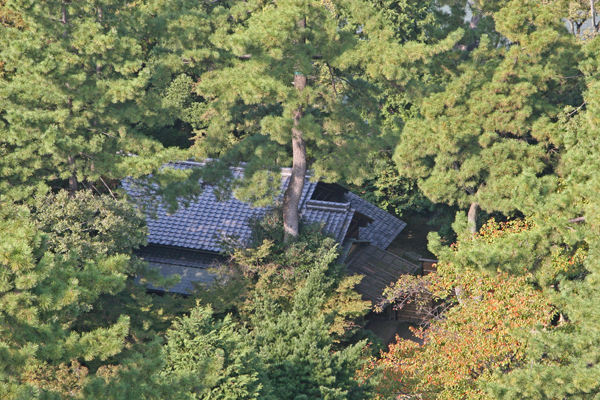

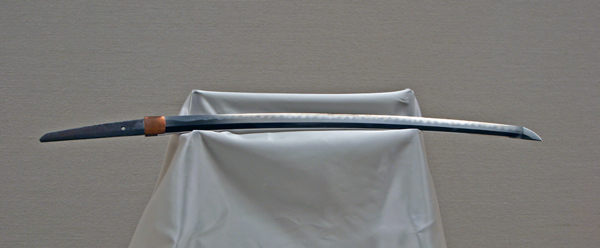
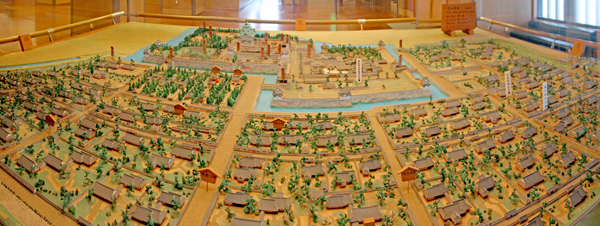
There was also a botanical exhibit going on with bonsai trees and chrysanthemums and amazing displays of artistry. People were coming from all over Nagoya including a number of women that came to the exhibition after attending a tea ceremony dressed in traditional kimonos. One of the kimonos in particular would have delighted H to no end, so I had to capture a close up image of the kimono with two cats sitting on a rooftop.
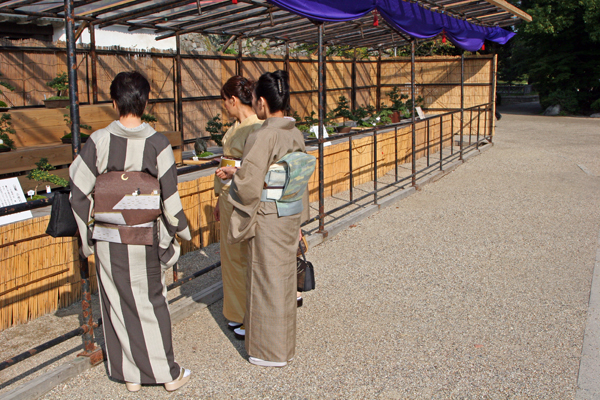
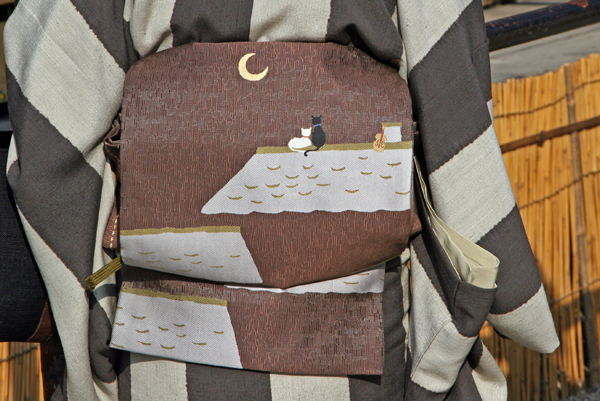
After the Nagoya Castle, I walked over to the Toyota Commemorative Museum of Industry and Technology. I had hoped to see the Toyota Automotive Museum, but there was just no way I could have squeezed that into this trip even though it was just a 30 minute train ride away. I seriously debated it, but given how tight things were, I figured it would simply have to be another trip.
At any rate, the Toyota Commemorative Museum of Industry and Technology turned out to be an impressive museum with original working looms from the early days of The Toyota Group. The museum is organized into two principal sections, a textile machinery pavilion and an automotive pavilion with each section demonstrating the engineering and function of the various machinery devoted to each discipline. My Grandfather would have loved this place.
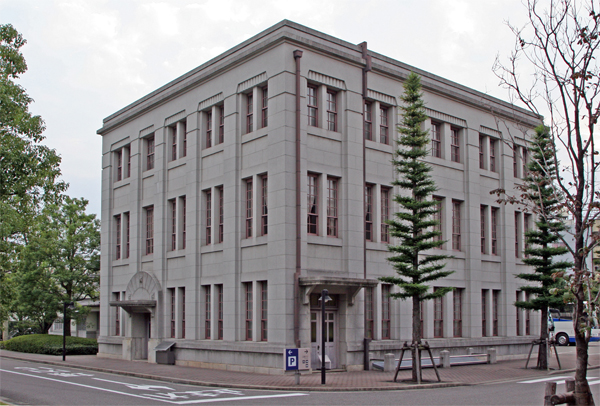
The Toyota Group Building, built in 1925 was the head office of the Toyoda Spinning Company.
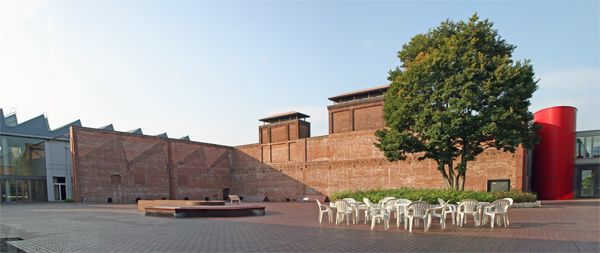
The textile pavilion originally was a cotton spinning factory built in 1912, but now serves as the showcase for Toyota textile technology over the past century as well as showcasing original Japanese technologies for weaving going back to the Edo Period of the 1600s. The amazing thing about this museum is that it is a functional museum where all of the looms are kept in working condition with Toyota employees present to demonstrate how each of the looms functions. Most of the employees present were women in the most charming pink and chocolate uniforms that looked for all the world like high fashion straight out of the 1950’s.
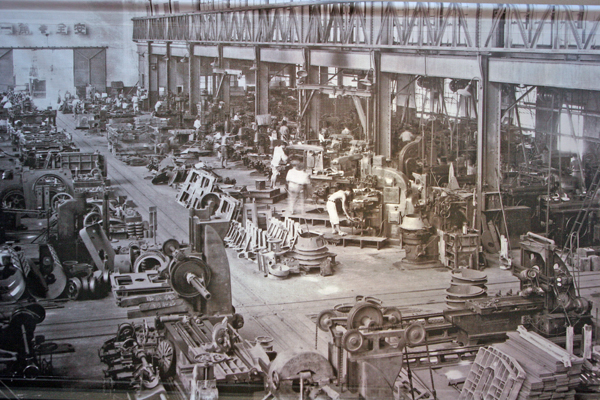
A photograph of an early 1900’s Toyota workshop to maintain the looms.
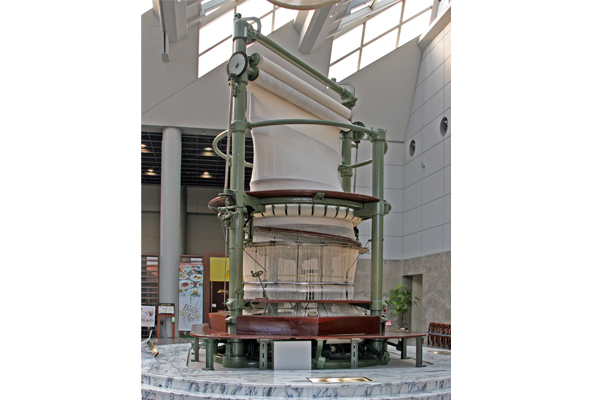
The circular loom was Sakichi Toyoda’s dream that came true in 1906 with a design that enabled “weaving extremely broad cloth quietly and without wasting power”.
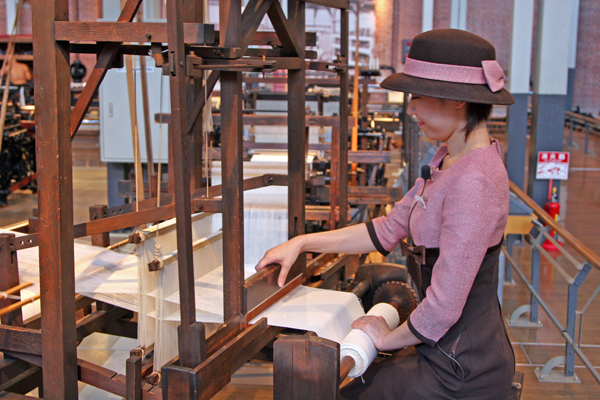
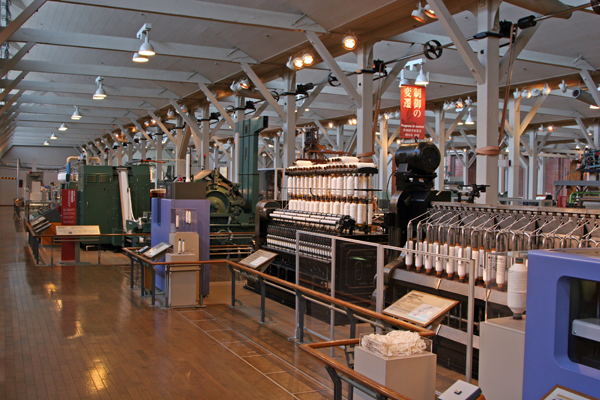
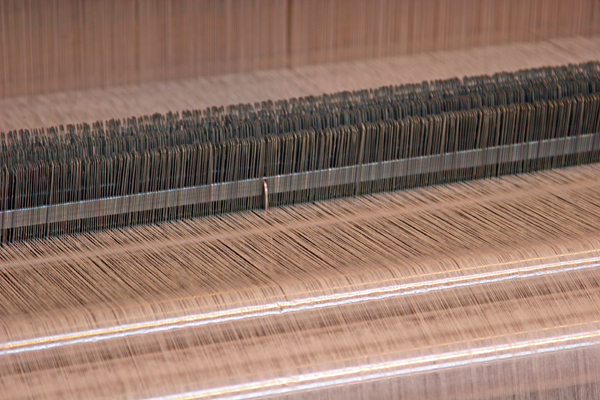
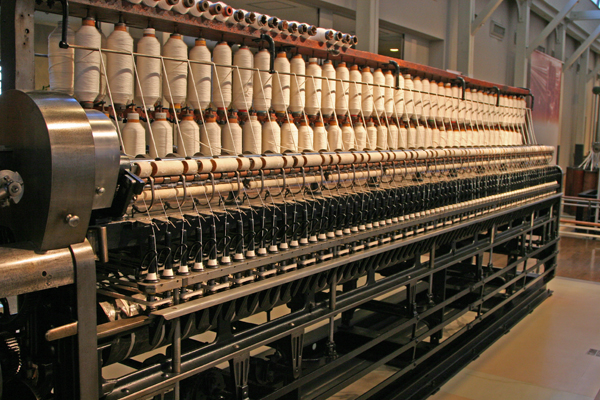
The automotive pavilion is the other major part of this museum that demonstrates the early history of the Toyota Motor Corporation as well as showing off various automotive and manufacturing technologies. You also get to operate some of the exhibits yourself including a 600 ton body panel press and robotic welding and assembly exhibits. The exhibit begins with a high tech introduction that takes you through some of the history of the Toyota corporation then introduces you to the early days of Toyota manufacturing with their Model AA.
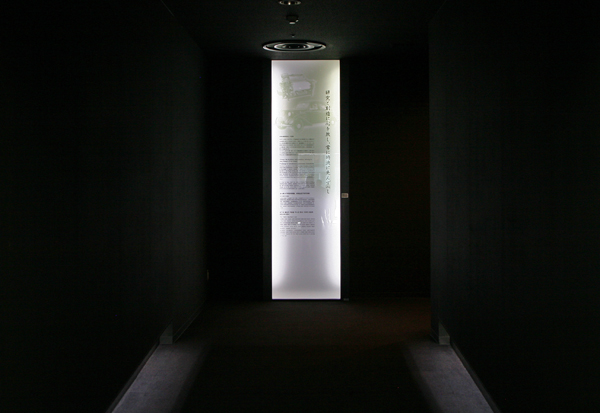

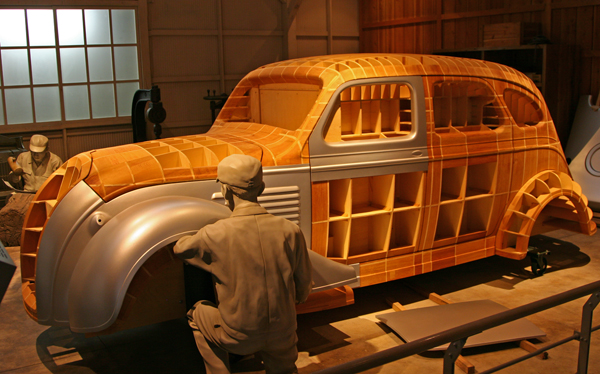
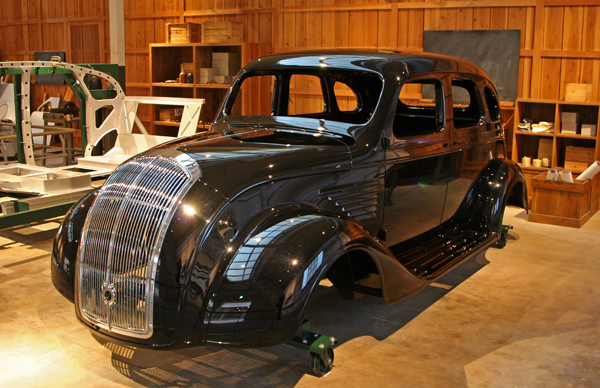
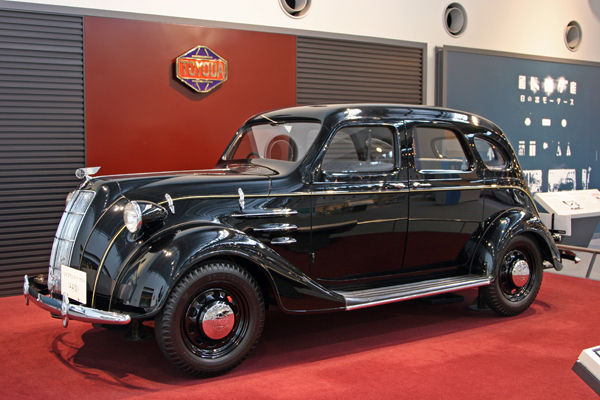
After the exhibits demonstrating the early days of automobile production, you walk out onto a platform overlooking exhibits on automotive production ranging from the 1930s to modern technology including robotic welding and the aforementioned 600 ton press, all of which function and can be operated by visitors. It is an impressive exhibit with equipment operating on a scale I’ve never before seen in a museum.
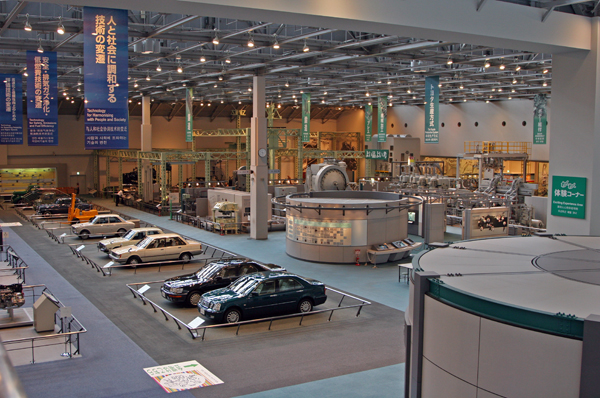
Finally the museum exhibits end with advanced technology demonstrators including robotics and personal transportation devices such as the iUnit and iSwing.
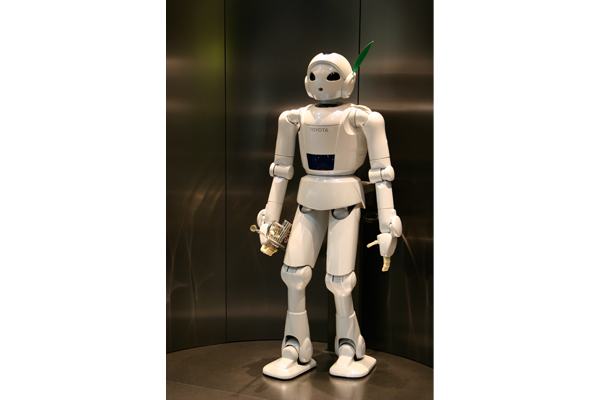
Toyota Partner Robots are available in a number of models that walk, roll or are mounted on fixed pedestals principally for entertainment. However, the goal is to make totally functional robots that supplement or assist our lives.
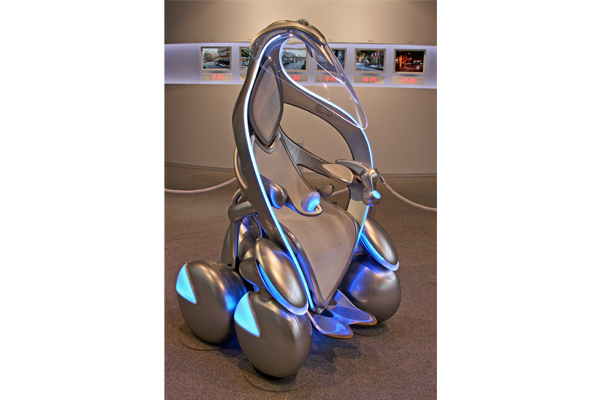
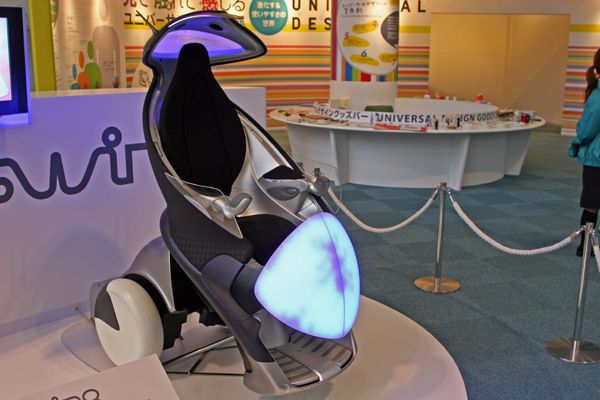
The i-unit and i-swing were designed by Toyota to be a personal mobility devices that balances freedom of travel with societal harmony and the environment. I have to say that the first time I saw pictures of these devices, I thought “kinda silly”, but seeing them in person in context with a densely crowded society really brings the mission of these concepts home.
After the museum, I walked down to the central part of town by the main terminal through lots of new high rise construction, then through an old part of town by the canals and back to the hotel to meet Robert for a sushi dinner. The amazing thing about some of the construction is that it was going up essentially on top of older, small restaurants and the contrast of old and new was quite striking. I wish that I had a true wide angle lens with me at the time which would have enabled getting the shot I wanted to show the contrast. It looks like that Canon 16-35mm f/2.8 is in my future.
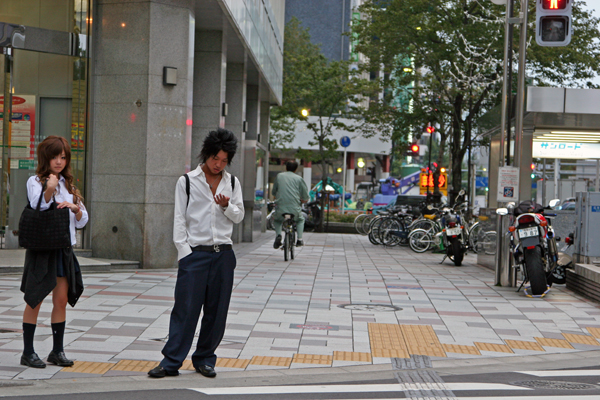
Classic modern schoolkid style on the streets of Nagoya is a style that is *very*, carefully groomed to look slouchy. It made me laugh.
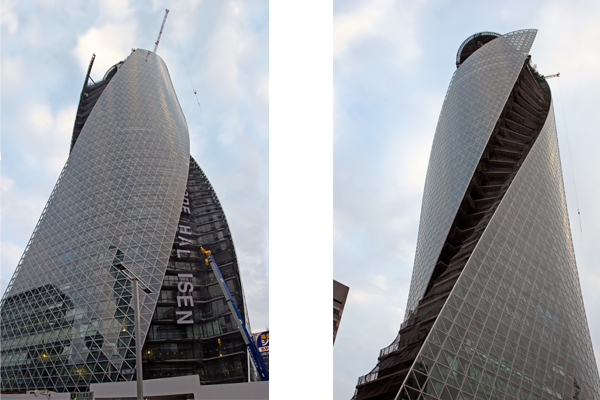
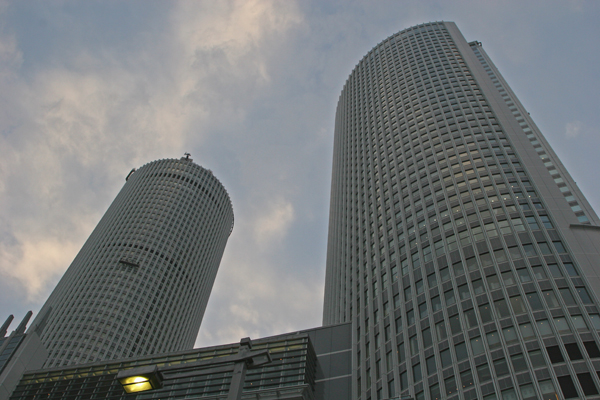
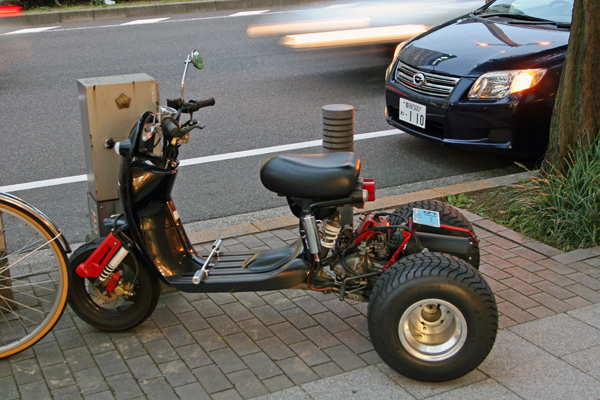
Again, all sorts of wheeled, modded, bizarre contraptions are seen plying Japanese streets that make you wonder if they could ever be street legal in the US. I loved every minute of this and somehow wished that we could get away with it back home.
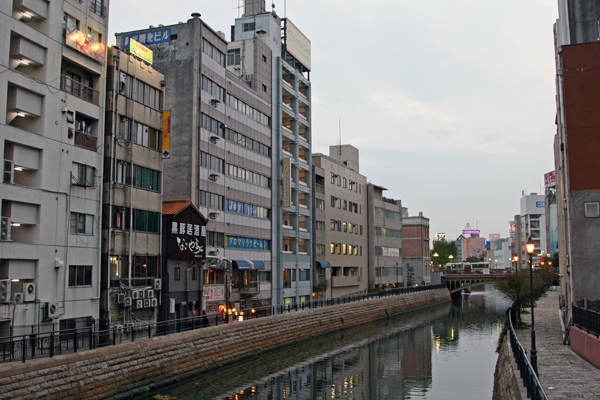
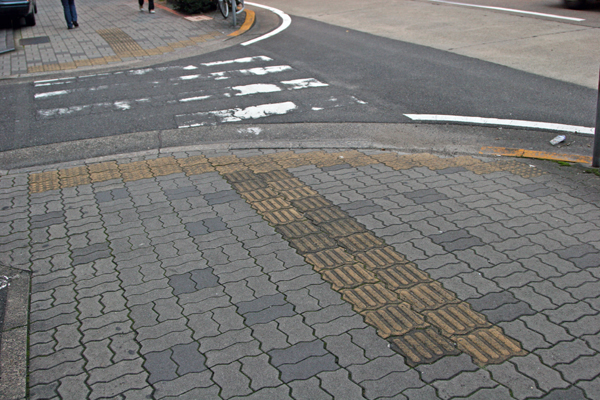
I think I mentioned the tiles for the blind in a previous entry, but here is a good picture of them. The idea is that the linear tiles help direct one in a straight line to another point across the street while the textured/nubbly tiles demarcate the edge of the street. These are everywhere and do my heart good to see them.
Well, it’s sushi dinner tonight and perhaps if I can muster the energy, a night out photographing.
simply wonderfull. wish i could be there someday
Thank you for sharing these photos – simply amazing!
The personal mobility devices were out of this world.
Would love to see what is new in 2011.